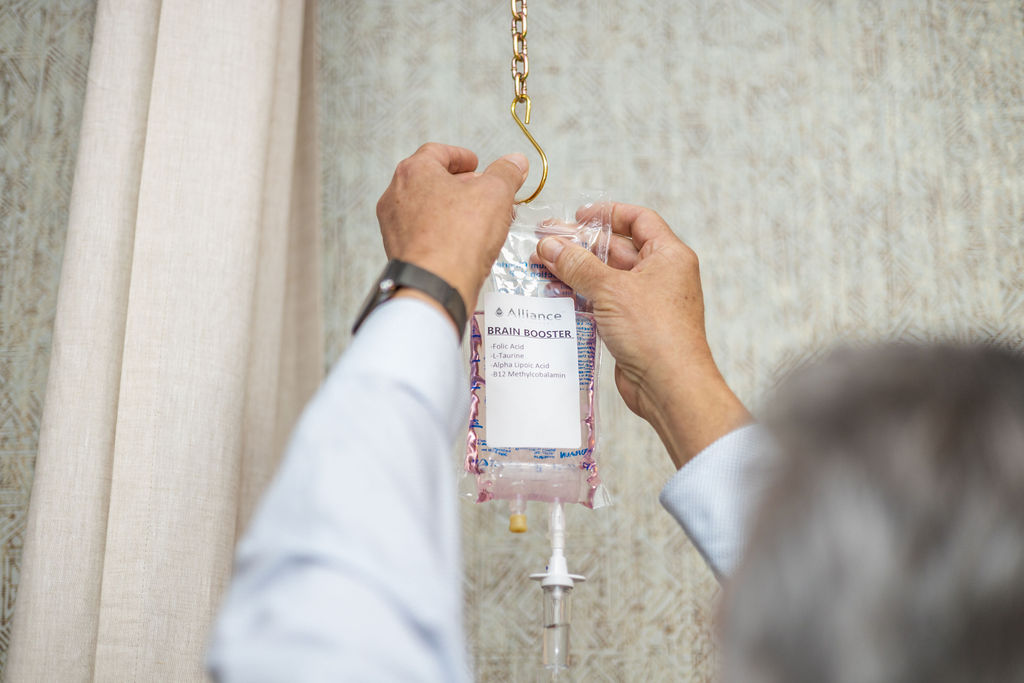
Do you suffer from knee osteoarthritis? If so, you understand the pain and discomfort that can come with this condition. You may have tried various treatments, such as medication or physical therapy, but have yet to find relief. If this sounds familiar, it may be time to consider platelet-rich plasma (PRP) therapy.
PRP therapy is a relatively new treatment option for knee osteoarthritis that has gained popularity in recent years. It involves using your body’s own blood to create a concentrated solution of platelets and growth factors, which are then injected directly into the affected joint.
This innovative approach has shown promising results in reducing pain and improving mobility for those suffering from knee osteoarthritis. Keep reading to learn more about PRP therapy and how it could potentially benefit you.
Understanding Knee Osteoarthritis
So, you’re dealing with knee osteoarthritis – the wear and tear of your knee joint that causes pain, stiffness, and limited mobility.
This condition is quite common among adults over 50 years old, but it can also affect younger people who are physically active or have had a knee injury.
Knee osteoarthritis occurs when the cartilage that cushions and protects the bones in your knee joint starts to break down, leaving the bones rubbing against each other. This friction leads to inflammation, swelling, and pain.
Unfortunately, there’s no cure for knee osteoarthritis yet. However, there are several treatments available to manage your symptoms and improve your quality of life.
Your doctor may recommend non-surgical options such as physical therapy, weight loss, pain relievers, or corticosteroid injections. In some cases, surgery may be necessary if conservative treatments fail to relieve your pain or if there’s significant damage to your joint.
It’s essential to follow your doctor’s advice and take care of your knees by avoiding high-impact activities that can worsen your condition.
Exploring Platelet-rich Plasma (PRP) Therapy
Let’s take a closer look at how this cutting-edge treatment can help ease knee pain and improve mobility. Platelet-rich plasma (PRP) therapy is a non-invasive, regenerative medicine procedure that uses the patient’s own blood to promote healing in damaged tissue. It has been gaining popularity as a treatment option for knee osteoarthritis because it has shown promising results in reducing pain and improving function.
Here are three things you should know about PRP therapy for knee osteoarthritis:
1) During the procedure, a small amount of blood is taken from the patient and placed into a centrifuge to separate the platelets from other components of the blood.
2) The concentrated platelets, which contain growth factors and other proteins that promote healing, are then injected into the affected joint under ultrasound guidance.
3) PRP therapy is relatively safe with minimal side effects, such as mild pain or swelling at the injection site.
While more research is needed to fully understand its effectiveness, many patients have reported significant improvement in their symptoms after undergoing PRP therapy for knee osteoarthritis.
The Science Behind PRP Therapy
You’re probably wondering how this groundbreaking treatment works and why it’s gaining so much attention in the medical community. The science behind PRP therapy is based on the fact that platelets contain growth factors, which are essential for tissue repair and regeneration.
When injected into an area of injury or degeneration, these growth factors can stimulate the body’s natural healing process and help to reduce inflammation.
In knee osteoarthritis, PRP therapy has been shown to improve pain, function, and quality of life for patients. This is because the injections can not only reduce inflammation in the joint but also stimulate cartilage regeneration.
While more research is needed to fully understand how PRP therapy works and its long-term benefits, it is clear that this innovative treatment has great potential for improving knee osteoarthritis symptoms without surgery or medication.
Benefits and Risks of PRP Therapy for Knee Osteoarthritis
If you’re considering a non-surgical treatment for knee pain, it’s important to weigh the potential benefits and risks of PRP injections. Here are a few things to keep in mind:
Benefits:
- PRP therapy can reduce pain and improve function in patients with knee osteoarthritis.
- The injections use your own blood, which reduces the risk of infection or allergic reaction.
- PRP therapy is less invasive than surgery and requires little recovery time.
- It may be more cost-effective than other treatments in the long run.
Risks:
- While rare, there’s a small risk of infection or bleeding at the injection site.
- Some patients experience increased pain or swelling after the injections.
- The effectiveness of PRP therapy varies from patient to patient, and it may not work for everyone.
Overall, PRP therapy can be a promising option for those seeking relief from knee osteoarthritis. However, it’s important to talk to your doctor about whether this treatment is right for you and what potential risks may exist.
What to Expect During and After PRP Therapy
During and after the procedure, you may experience some discomfort and swelling in the treated area. This is normal and should subside within a few days. Your doctor may recommend taking over-the-counter pain medication or applying ice to help alleviate any discomfort.
After PRP therapy for knee osteoarthritis, it’s important to rest your knee and avoid any strenuous activities for a few days. Your doctor will give you specific instructions on when you can resume normal activities based on your individual case.
It’s also important to keep all follow-up appointments with your doctor to monitor your progress and discuss any concerns you may have.
Conclusion
So, you’ve now got a basic understanding of knee osteoarthritis and how PRP therapy can help alleviate its symptoms. You’ve learned about the science behind PRP therapy, as well as its benefits and risks.
If you’re considering PRP therapy for your knee osteoarthritis, it’s important to consult with a qualified healthcare professional who can guide you through the process. While there’s no guarantee that PRP therapy will work for everyone, many patients have experienced significant improvement in their knee pain and function after undergoing this treatment.
Remember, every person’s experience with knee osteoarthritis is unique, so what works for one person may not work for another. Ultimately, it’s up to you and your healthcare provider to determine if PRP therapy is right for your specific situation.
With proper guidance and care, however, PRP therapy could be a viable option worth exploring in order to improve your quality of life and reduce your knee pain.






